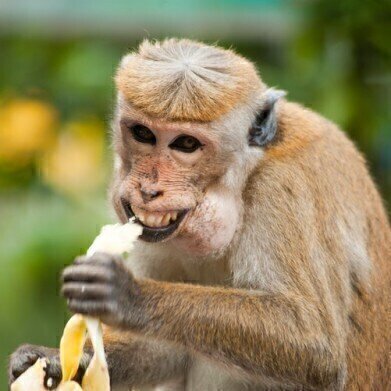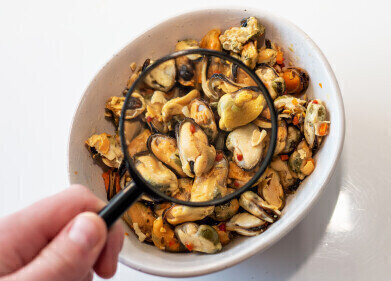GC-MS
Can You Smell the Nutritional Value of Fruit? - Chromatography Can!
Sep 16 2019
Fruit comes in many different types in a wide range of colours that are used to assess its attractiveness to frugivores - an animal that thrives on raw fruits, nuts, seeds and some vegetables. Plants have evolved a system of signal and reward to allow them to spread their seeds, with the main signals being visual and olfactory clues.
While there have been many studies undertaken to explore the role of visual signalling of nutritional value of fruit, there has been less research undertaken to understand the role of olfactory clues of nutritional value. A recent study in Madagascar published in Ecology and Evolution - Signal and reward in wild fleshy fruits: Does fruit scent predict nutrient content? - investigated the role of scent and nutritional value using gas chromatography.
Signal and reward to spread the seed
Fruits have evolved into many different shapes, colours and tastes. Their main seed dispersal route in the wild is by fruit eating animals, particularly in the tropics, who get in return macronutrients such as sugars, fats and proteins. To help attract animals and birds to their fruits, plants have developed traits including size, shape and husk thickness.
But fruits have also developed traits that allow animals to detect which fruits are at just the right stage of ripeness. This can be signalled by chemical signals released into the air or by colour. But whether visual or chemical signal go beyond signalling ripeness and can also signal nutritional information to the waiting frugivores is open for debate.
Can you smell the sugar?
Studies of fruit colour indicating nutritional quality have been carried out and found several instances where colour indicates nutritional qualities. In black elder, differences in the colours of the pedicels - small stems holding flowers/fruit onto the main stem - are positively associated with sugar content. In some Mediterranean habitats the correlation of fruit colour and lipid content has also been noted.
But little is known regarding the relationship between fruit scent and nutritional content. There are four volatile pathways that the team behind the research referenced above looked at in relation to nutrition:
- nitrogen/sulphur compounds from metabolized proteins
- terpenoids associated with photosynthesis
- methyl/ethyl esters associated with fruit maturation
- aromatic compounds again associated with proteins
The team sampled 28 fruit species over a 15-month period in Madagascar. The samples were analysed using gas chromatography-mass spectrometry for any relevant VOCs. The use of chromatography to analyse fruit samples is the subject of the article, Rapid Determination of Strawberry Flavour Integrity using Static Headspace-Selected Ion Flow Tube Mass Spectrometry.
The team found that although protein levels in the samples tested were not associated with the relative amounts of nitrogen/sulphur compounds or with aromatic compounds, there was a correlation between sugar levels and the presence of terpenoids and methyl/ethyl esters in the fruit’s scent. So, perhaps animals can smell the best fruit.
Digital Edition
Chromatography Today - Buyers' Guide 2022
October 2023
In This Edition Modern & Practical Applications - Accelerating ADC Development with Mass Spectrometry - Implementing High-Resolution Ion Mobility into Peptide Mapping Workflows Chromatogr...
View all digital editions
Events
Apr 28 2024 Montreal, Quebec, Canada
May 05 2024 Seville, Spain
May 15 2024 Birmingham, UK
May 19 2024 Brno, Czech Republic
May 21 2024 Lagos, Nigeria














